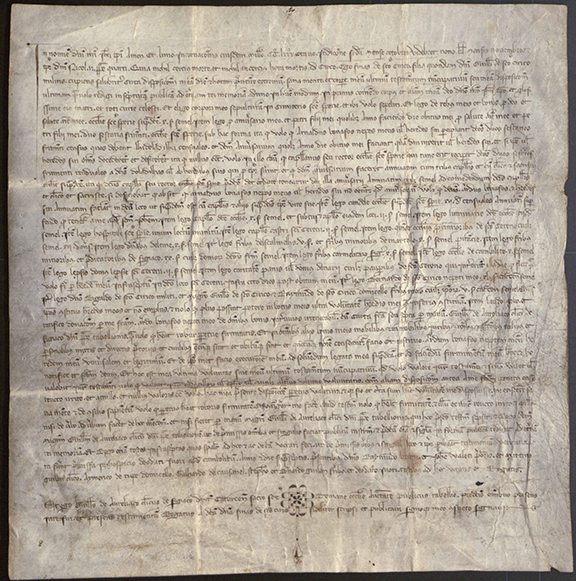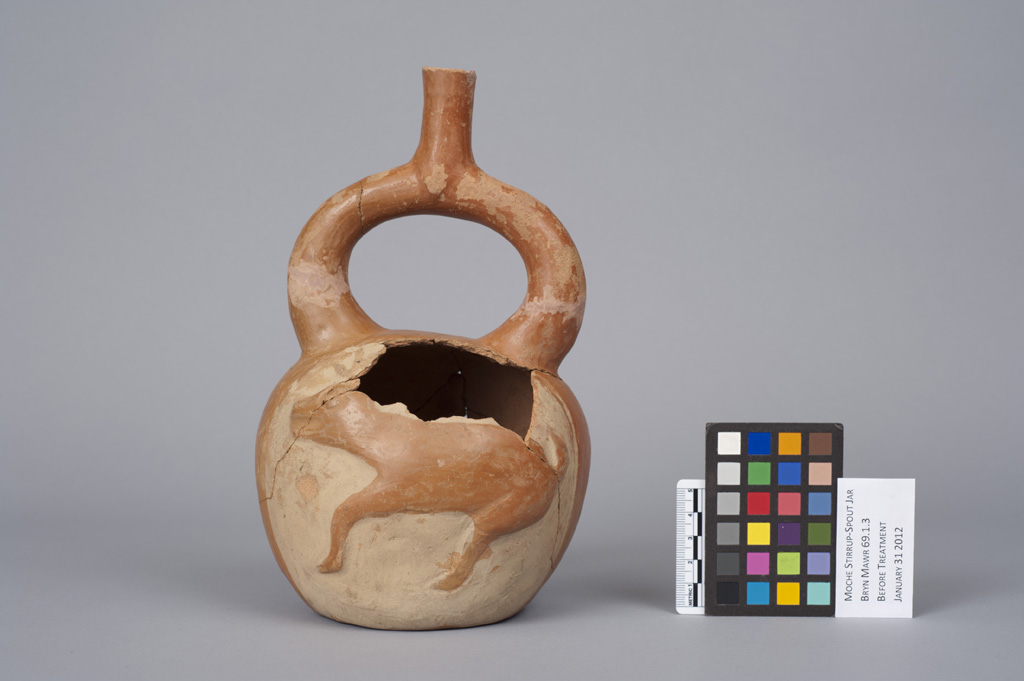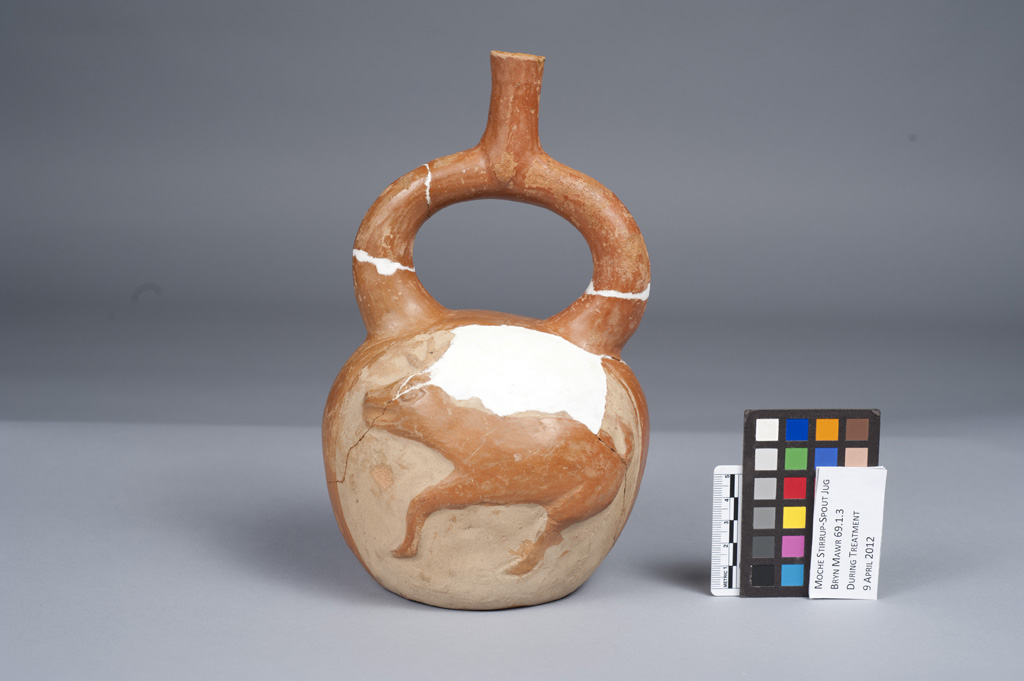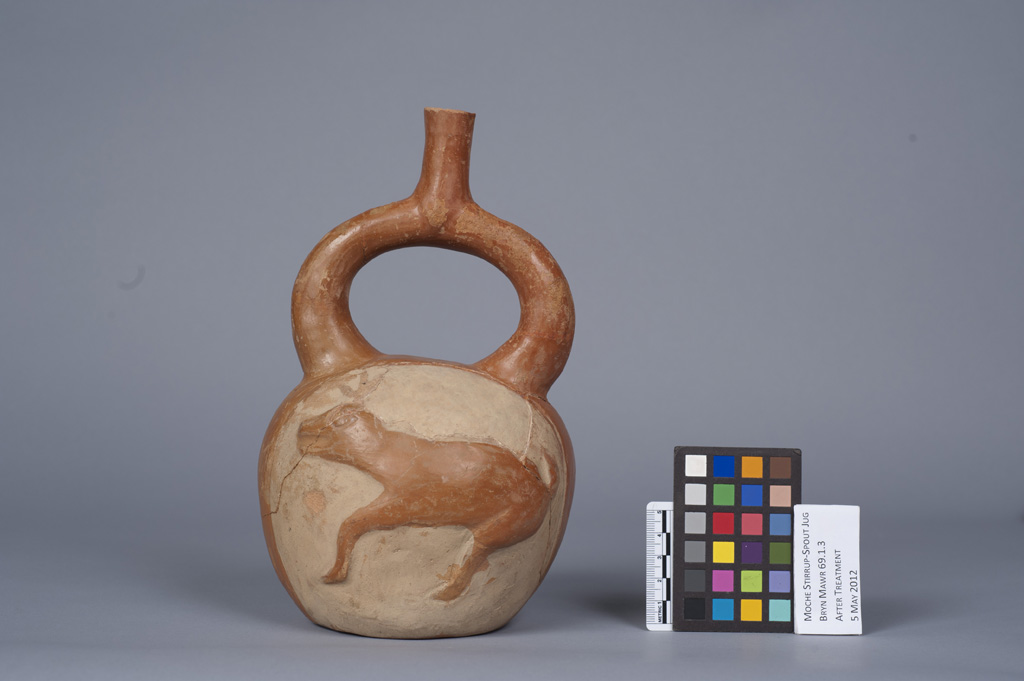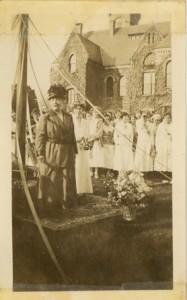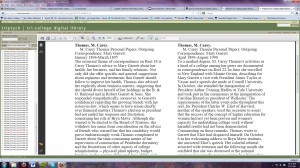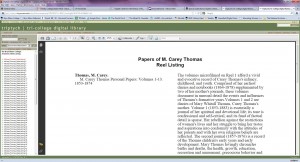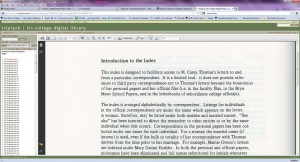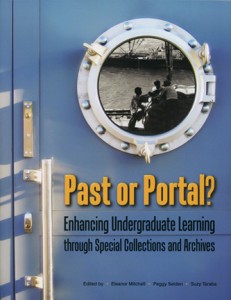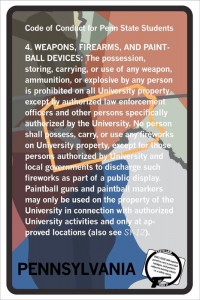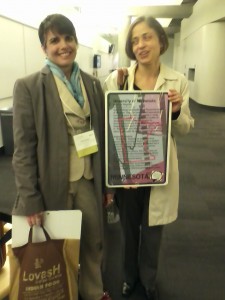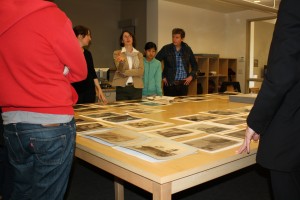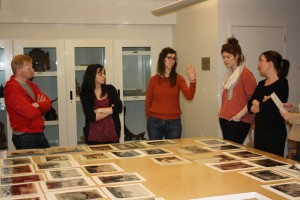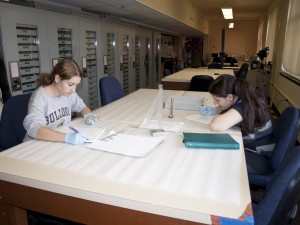Bryn Mawr College’s Special Collections holds nearly two hundred manuscripts written on single leaves of parchment, paper, or papyrus. Many of these leaves are merely a portion of a whole work from which they were separated at an earlier time. Others are complete documents. We are excited to announce that our effort to add the Single Leaf Manuscripts Collection to our online database is now nearly complete. Previously, records of our manuscripts existed only on paper, making it difficult for scholars and researchers to access the unique information contained in each manuscript. Now, scholars and researchers can search for manuscripts and view information about each document or text online. What is more, we have created high-quality digital images of these manuscripts to allow them to be viewed online and ensure their survival in the event that they deteriorate further or are destroyed by the malice of time. The database will be made public next week.
The Single Leaf Manuscripts Collection consists of diverse manuscript leaves in a variety of languages. They were given to the library by a number of generous donors including Sigmund Harrison, Felix Usis, Howard Lehman Goodhart, Phyllis Goodhart Gordan, Doreen Canaday Spitzer, and Miriam Coffin Canady. Most of the manuscripts are medieval (1100-1500 CE), originated in Europe, and concern religious or legal subjects. But the collection also contains Greek, Arabic, and Coptic papyrus fragments, some of which may date to as early as the first and second century CE, and French, English, and American documents that date from the sixteenth to the twentieth century CE.
The Single Leaf Manuscripts Collection features papal bulls sealed by Popes Clement VII, Sixtus V, Innocent XI, and Innocent XII; a legal document with the seal of Queen Elizabeth I and another with the seal of King Edward VII; two letters, one signed by King Henry IV of France and the other by King Philip III of Spain; and grants of nobility sealed by Holy Roman Emperors Leopold II and Francis II. The documents in the collection associated with well-known historical figures are certainly special. Perhaps more extraordinary, however, are documents connected with unknown individuals, because documents relating to these people may well not exist anywhere else in the world.
The last will and testament of Finas de Sancto Cirico, the daughter of Guillelmus de Sancto Cirico, is a good example. Finas de Sancto Cirico was a woman who lived in a time very distant from our own, yet one feels a connection with her while reading her will. The will was penned by a cleric (Latin: clericus) of the Diocese of Cahors in France on the 24th of October in 1288 CE, but is written in the first person voice of Finas. Her testament reveals her religious piety and provides instructions for the disbursement of her property to the church and her heirs, including her son, Arnaldus Bonafos, and her brothers. She entrusts her body and soul “to our lord Jesus Christ, his most glorious mother, and all of the heavens” and her body “to a grave in the cemetery of Sancte Sperie.” At the bottom of the will, the cleric who wrote down the will added a note with his penwork seal affirming that he “faithfully wrote down the words spoken by Finas de Sancto Cirico while in her presence.” In Finas’ own words, she wishes her final arrangements to be recorded for public memory at the present moment “because nothing is more certain than death, and nothing is more uncertain than the hour of death” (Quia nichil cercius morte, et nichil incercius hora morti).
Jennifer Kay Hoit
Greek, Latin & Classical Studies

